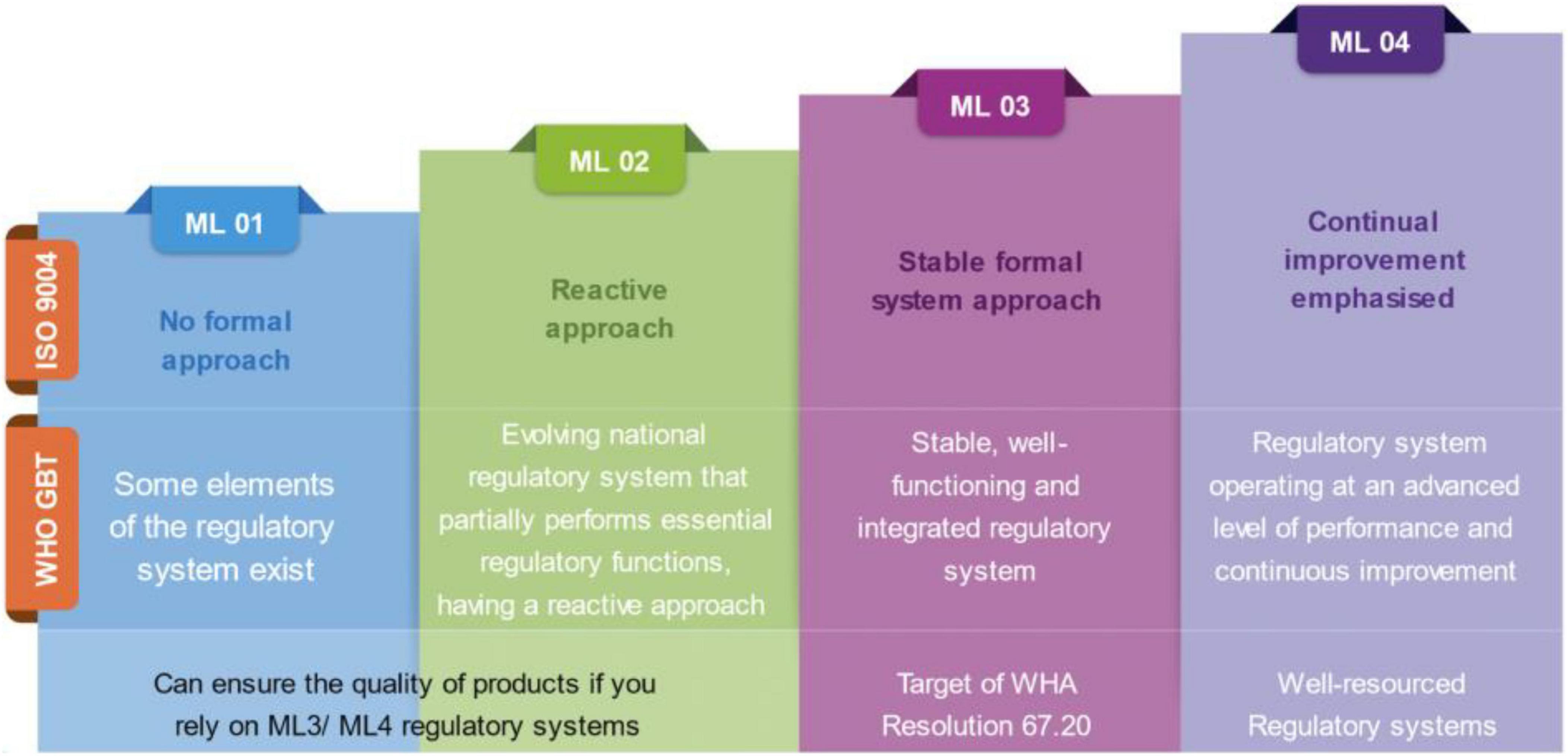Industry Stakeholders Support Revision of Switzerland’s Therapeutic Products Act

**Industry Stakeholders Support Revision of Switzerland’s Therapeutic Products Act**
Switzerland, renowned for its robust healthcare system and pioneering pharmaceutical industry, is currently witnessing a significant movement among industry stakeholders advocating for the revision of the Therapeutic Products Act (TPA). This movement is driven by the need to adapt to the rapidly evolving landscape of medical innovation and to ensure that regulatory frameworks remain conducive to both patient safety and industry growth.
**Background of the Therapeutic Products Act**
The Therapeutic Products Act, first enacted in 2002, serves as the cornerstone of Switzerland’s regulatory framework for pharmaceuticals and medical devices. It aims to ensure the safety, efficacy, and quality of therapeutic products while facilitating market access and innovation. Over the years, the TPA has undergone several amendments to address emerging challenges and align with international standards.
**Reasons for Revision**
1. **Technological Advancements**: The rapid pace of technological advancements in the pharmaceutical and medical device sectors necessitates a regulatory framework that can accommodate innovations such as personalized medicine, digital health solutions, and advanced therapies.
2. **Global Harmonization**: As Switzerland is a key player in the global pharmaceutical market, aligning its regulations with international standards is crucial. This alignment facilitates smoother market access for Swiss products abroad and ensures that foreign products meet Swiss safety and efficacy standards.
3. **Patient-Centric Approaches**: There is a growing emphasis on patient-centric healthcare, which requires regulatory frameworks to be flexible enough to incorporate patient feedback and real-world evidence into the approval and monitoring processes.
4. **Enhanced Safety and Efficacy Monitoring**: With the increasing complexity of therapeutic products, there is a need for more robust post-market surveillance and pharmacovigilance systems to ensure ongoing safety and efficacy.
**Stakeholder Support**
Industry stakeholders, including pharmaceutical companies, healthcare providers, patient advocacy groups, and regulatory bodies, have expressed strong support for revising the TPA. Their collective advocacy is based on the belief that a modernized regulatory framework will not only enhance patient outcomes but also bolster Switzerland’s position as a leader in pharmaceutical innovation.
– **Pharmaceutical Companies**: These stakeholders emphasize the importance of a regulatory environment that supports innovation while maintaining high safety standards. They advocate for streamlined approval processes and greater flexibility in clinical trial designs.
– **Healthcare Providers**: Medical professionals support revisions that facilitate quicker access to innovative therapies, ultimately improving patient care and treatment outcomes.
– **Patient Advocacy Groups**: These groups highlight the need for regulations that prioritize patient safety and incorporate patient perspectives into decision-making processes.
– **Regulatory Bodies**: Swissmedic, the Swiss agency for therapeutic products, is actively involved in discussions to ensure that any revisions balance innovation with rigorous safety and efficacy standards.
**Proposed Changes**
The proposed revisions to the TPA include:
1. **Adaptive Regulatory Pathways**: Introducing more flexible regulatory pathways to accommodate breakthrough therapies and expedite their availability to patients.
2. **Digital Health Integration**: Establishing clear guidelines for the approval and use of digital health technologies, including software as a medical device (SaMD).
3. **Strengthened Pharmacovigilance**: Enhancing post-market surveillance systems to better monitor the safety of therapeutic products in real-world settings.
4. **Patient Involvement**: Increasing patient involvement in regulatory processes to ensure that their needs and experiences are considered in decision-making.
**Conclusion**
The call for revising Switzerland’s Therapeutic Products Act reflects a proactive approach to addressing the challenges and opportunities presented by modern healthcare innovations. By aligning regulatory frameworks with current and future industry trends, Switzerland aims to maintain its leadership in the global pharmaceutical landscape while ensuring the highest standards of patient safety and care. As discussions continue, the collaborative efforts of industry stakeholders will be crucial in shaping a regulatory environment that supports both innovation and public health.